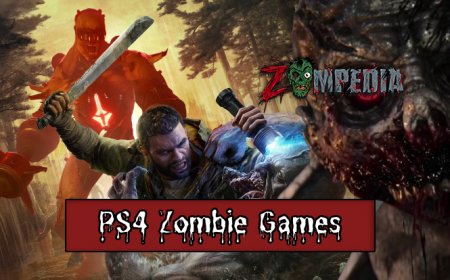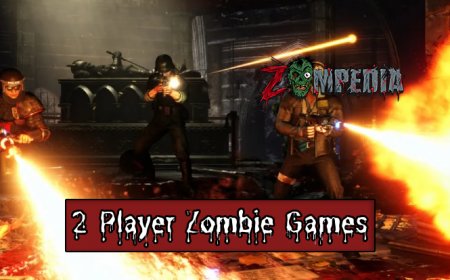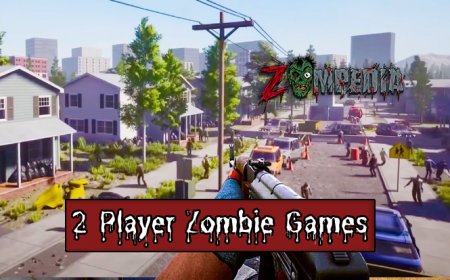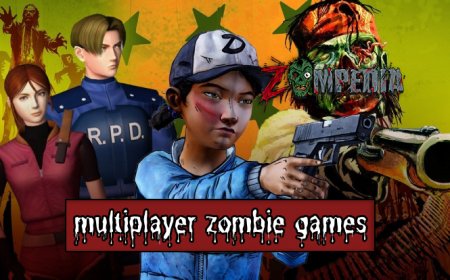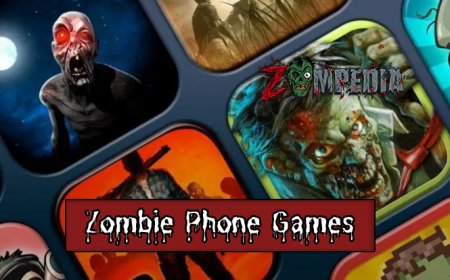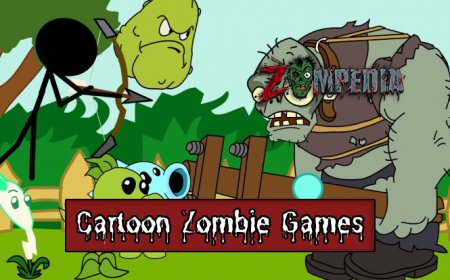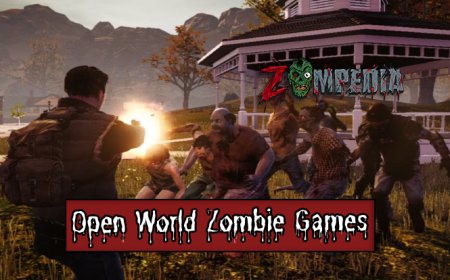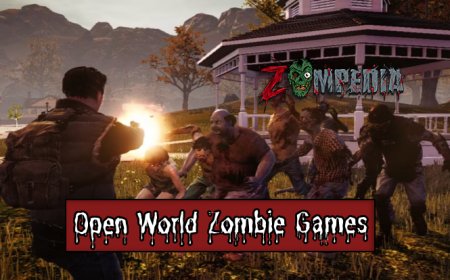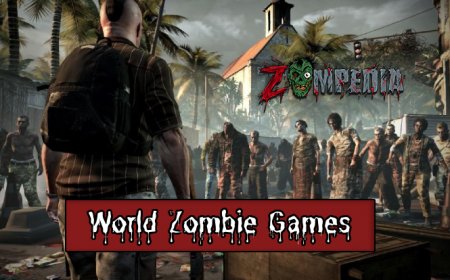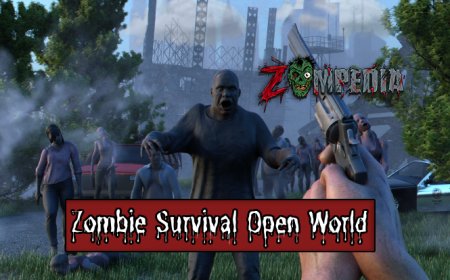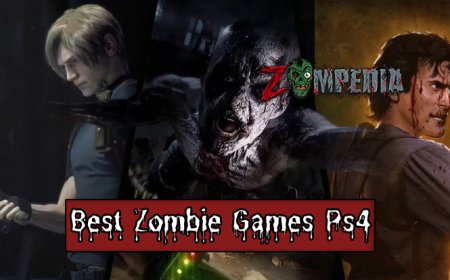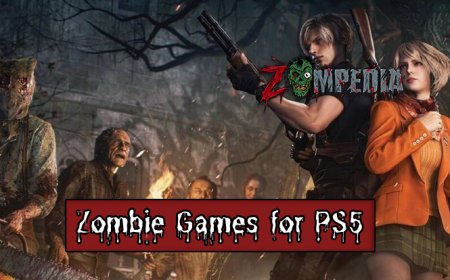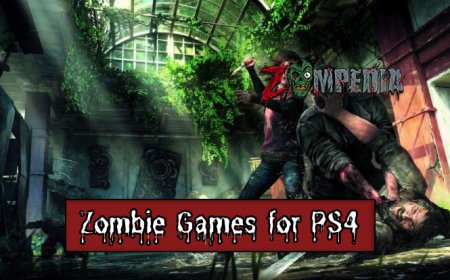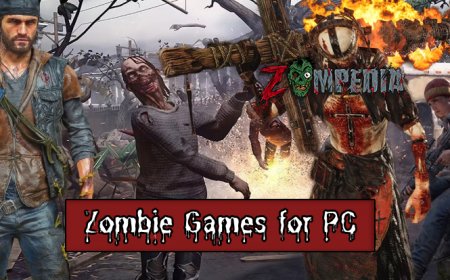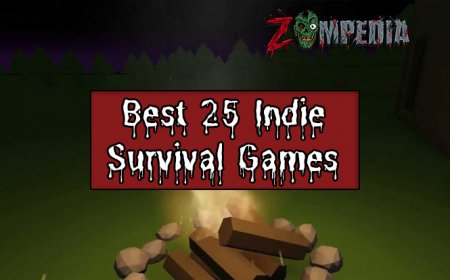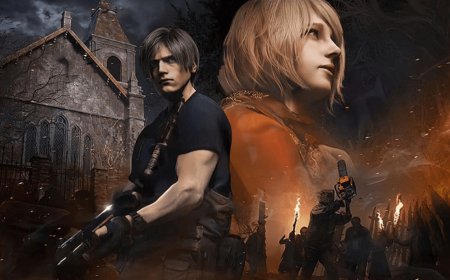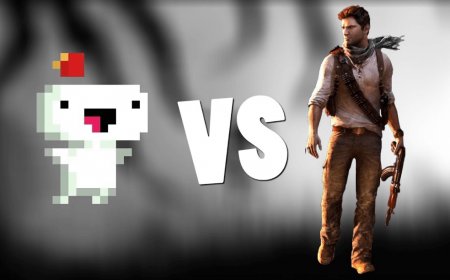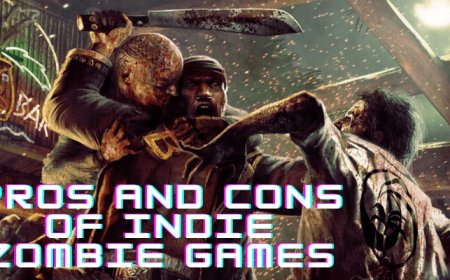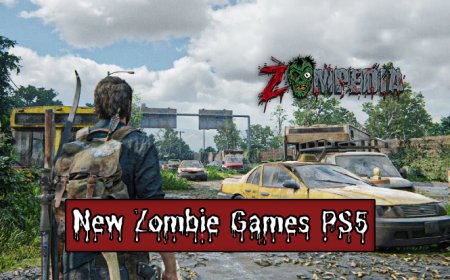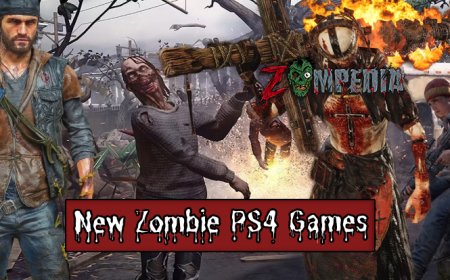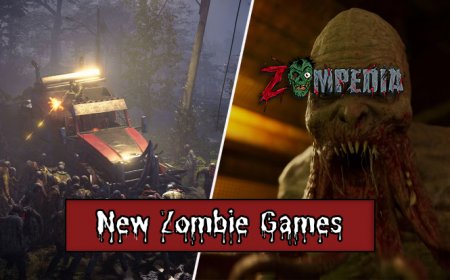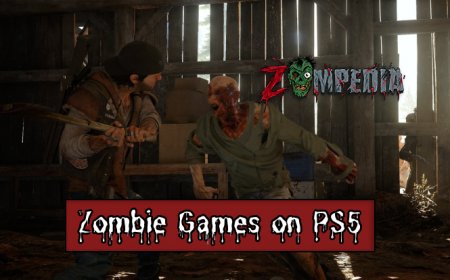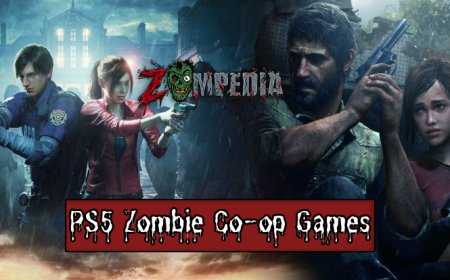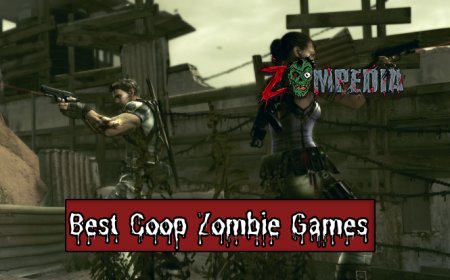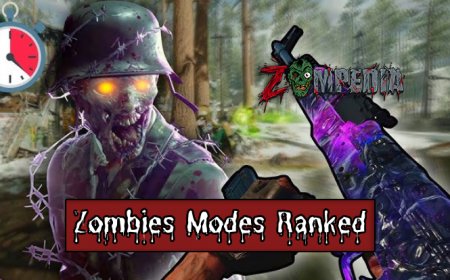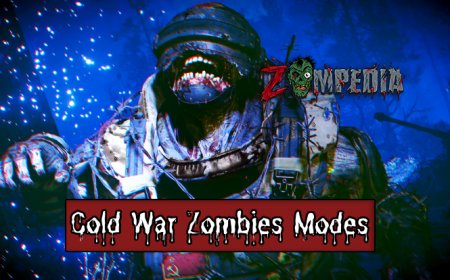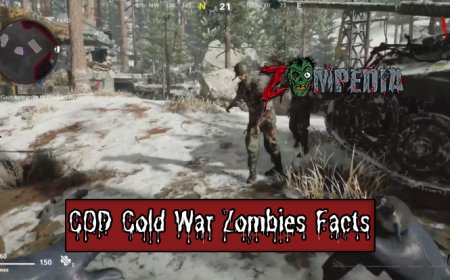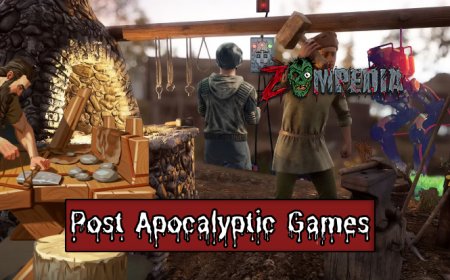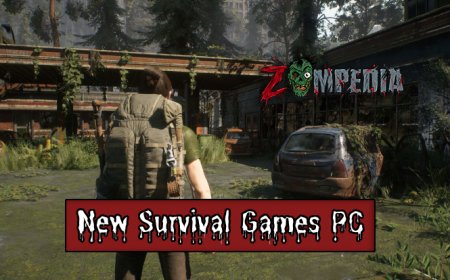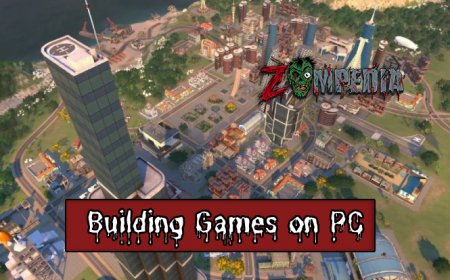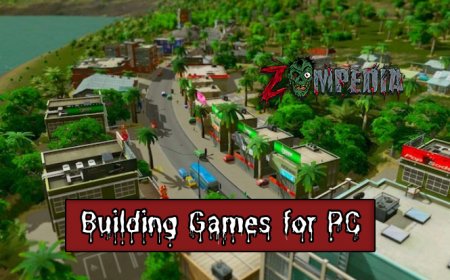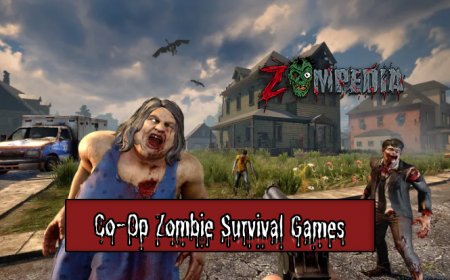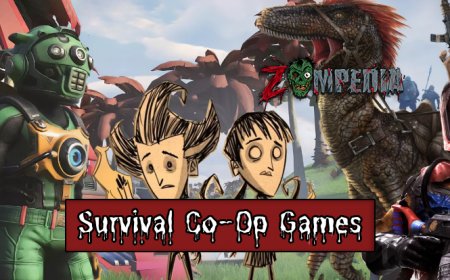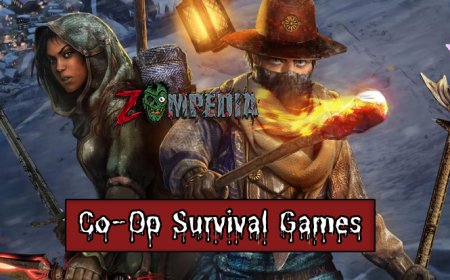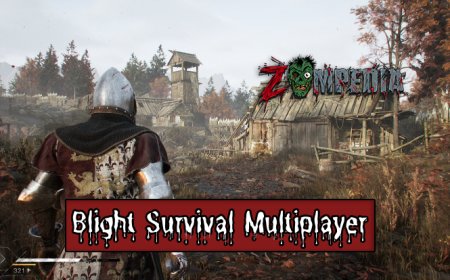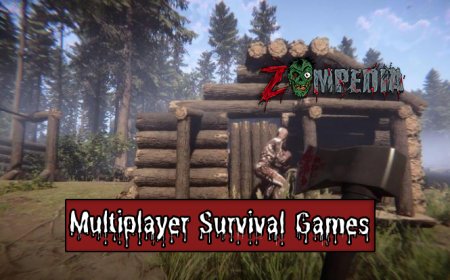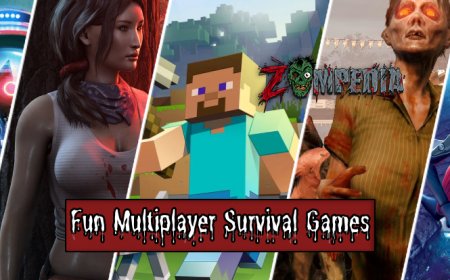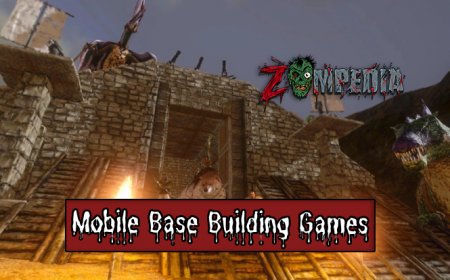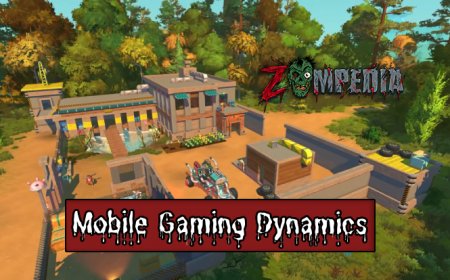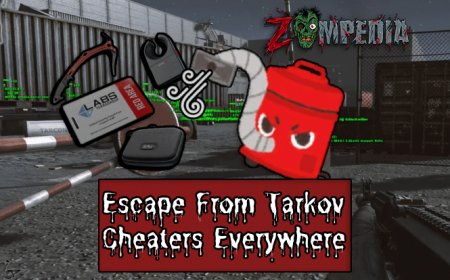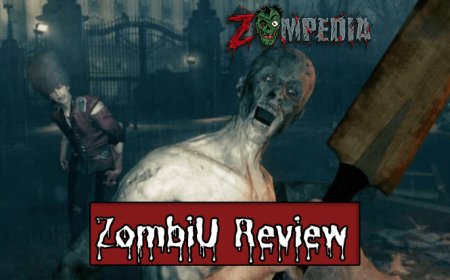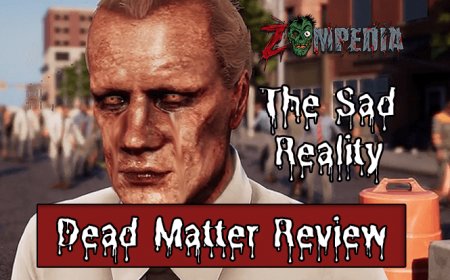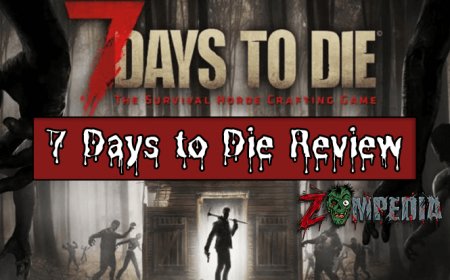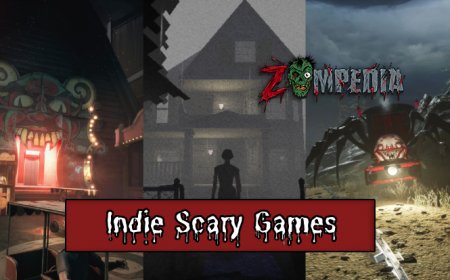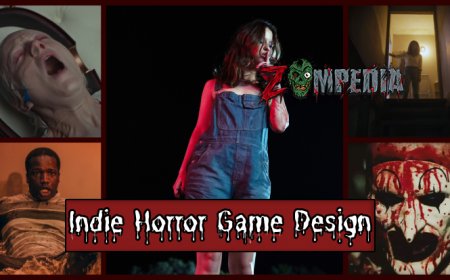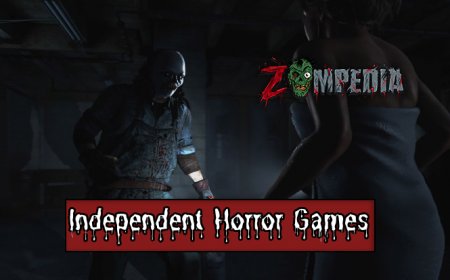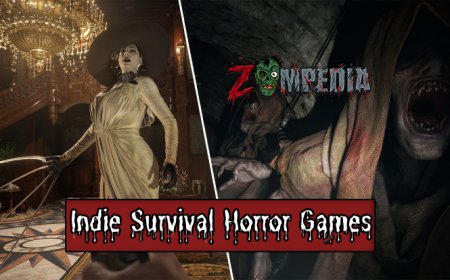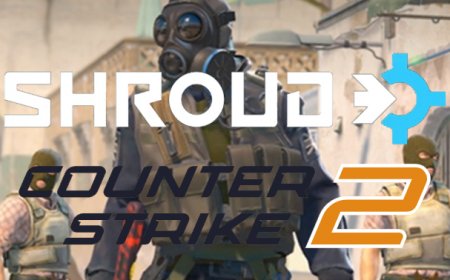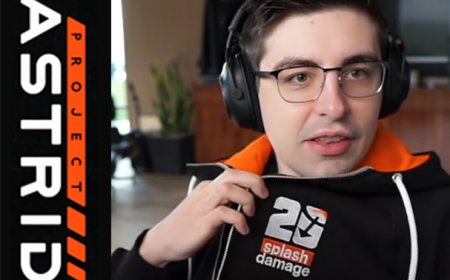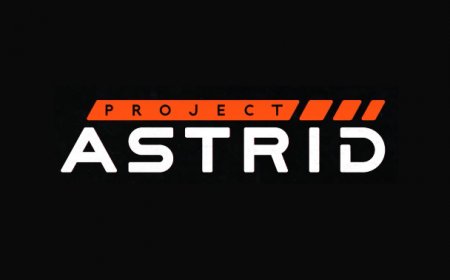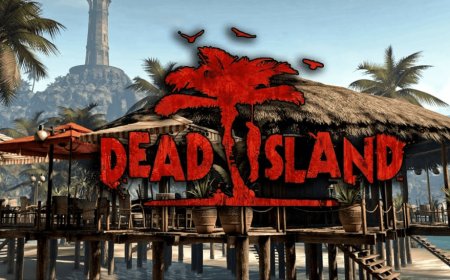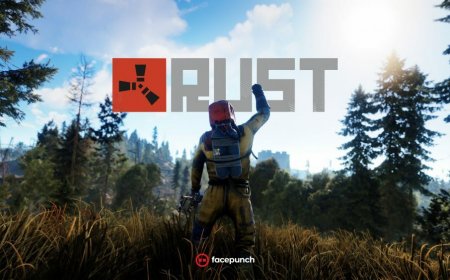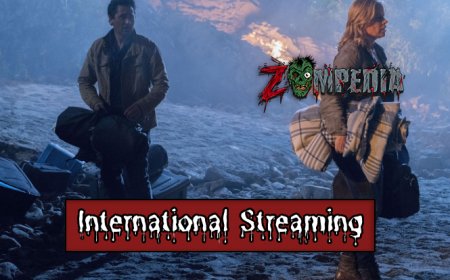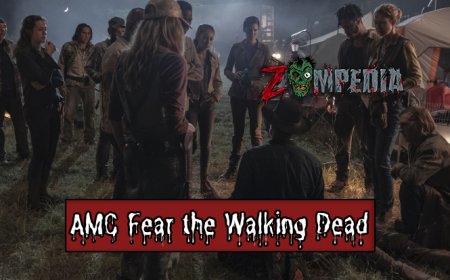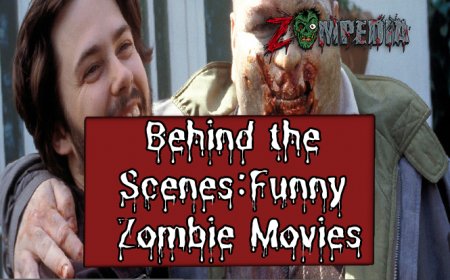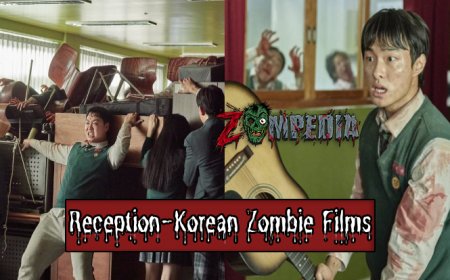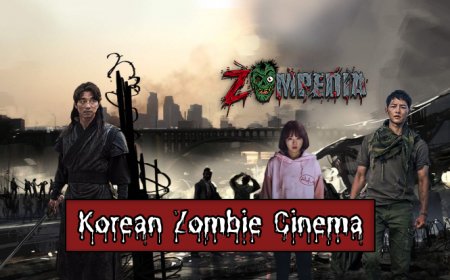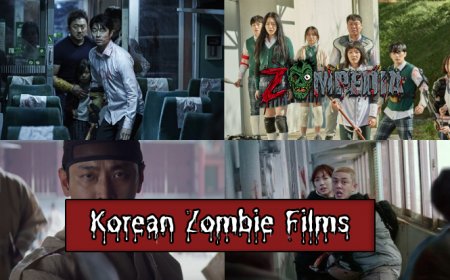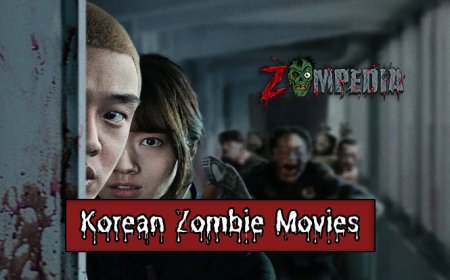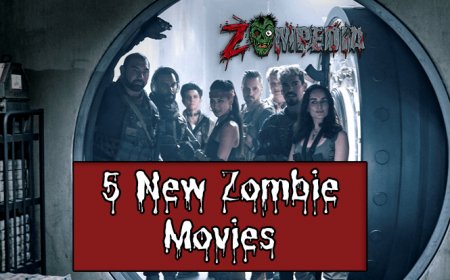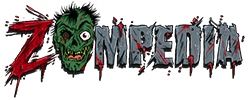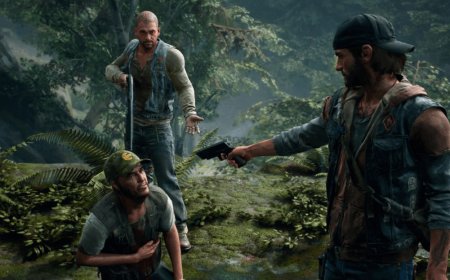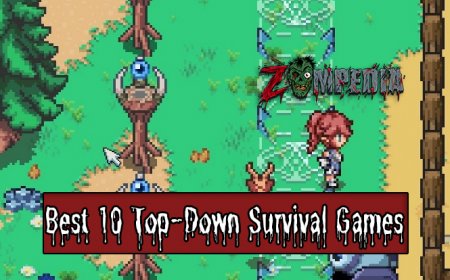Unmasking the Art of Indie Survival Horror Games
Discover the captivating aspects that set indie survival horror games apart and push gaming boundaries.
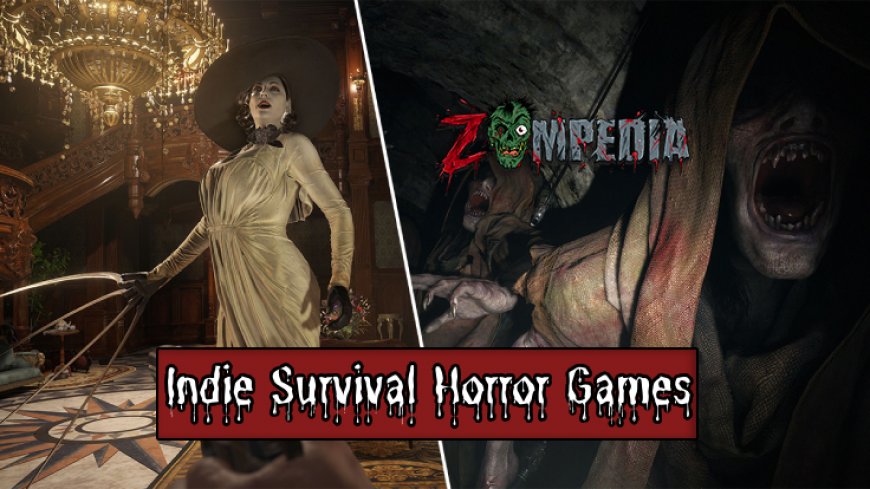
A deep dive into indie survival horror games exposes a world where creativity runs rampant and the gaming norms are tossed aside. This breed of games, often designed and coded by small teams or individual developers, has a unique charm combined with an unfiltered sense of dread and adrenaline. Far from the mainstream clichés, these games test your survival instincts while wrapping you in engrossing narratives.
A New Breed: The Charm of Indie Survival Horror Games
Nowadays, indie survival horror games are exploding in popularity, and for good reason. They offer fresh takes on an otherwise saturated genre. These games reject the cookie-cutter moulds of commercial titles and instead, garner attention through unique design elements and thought-provoking narratives.
Table of Contents
- Defining Indie: Bespoke Concepts over Commercial Patterns
- Horror, The Indie Way: The Deeper Meaning Behind the Scares
- Survival Elements: The Name of the Game Is Tensity
- Narratives in Indie Survival Horror: Gripping Stories with a Twist
- A Graphic Departure: Transforming the Visual Landscape
- Embracing Indie Survival Horror Games: The Future of Horror Gaming Experience
Defining Indie: Bespoke Concepts over Commercial Patterns

When it comes to indie survival horror games, a crucial aspect distinguishing them from their traditional counterparts is the developers' daringness to experiment and break free from prevalent trends. Let's take a moment to understand what makes an indie game truly 'indie':
- Independence: Indie games are developed independently of major game development companies. Their creation lies in the hands of small teams, or even lone developers, permitting the freedom to experiment without the constraints of a profit-driven environment.
- Innovative gameplay: Indie developers often push the boundaries of gameplay design to provide unique experiences. This includes unusual mechanics and innovative combo systems that challenge traditional gaming tropes.
- Unique styles: Indie games frequently present a distinctive graphical style often navigating away from the ultra-realistic visuals many large studios pursue. This adds an idiosyncratic charm to their appearance.
Successful Indie Games Highlight
Games like "Amnesia: The Dark Descent" and "Five Nights at Freddy’s" have showcased the success indie developers can achieve. Their uniqueness lies not only in their gameplay but also the immersive narratives, riddled with cliff-hangers and clever plot devices.
Horror, The Indie Way: The Deeper Meaning Behind the Scares

Horror isn’t new to the gaming community, but indie developers aren't content with repeating the same old slasher tactics or jump-scares we're accustomed to. The horror they create often has complex layers, presenting metaphorical relationships with deeper themes like mental illness, societal issues, or existential dread.
Psychological Over Physical Horror
Indie survival horror games frequently lean towards psychological horror, an under-explored facet in mainstream games. Instead of overwhelming players with grotesque creatures and graphic gore, they choose to play mind games, fostering an intense feeling of dread and despair. The game "Soma" is a fine example of this approach, delving into reflections of existence and consciousness, leaving players unsettled and intrigued.
Survival Elements: The Name of the Game Is Tensity
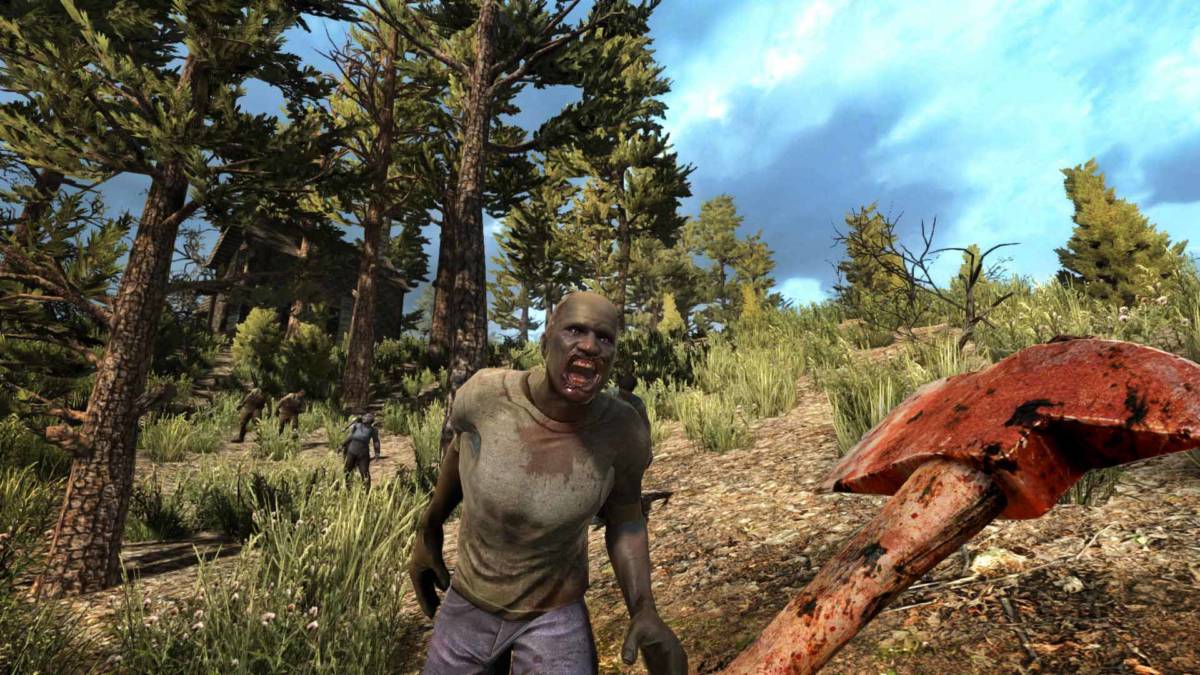
No survival horror game, indie or not, would be complete without elements that push the player towards their limit. Resource management, scarce ammo, obscure puzzles - these games make you work for your survival.
Scarce resources add depth to the gameplay, upping the difficulty level and maintaining tension. You're not a superhero with unlimited ammunition; you're a survivor in a threatening world. This brings an extra layer of realism and urgency to the gameplay, playing into the very essence of what it means to survive.
Additionally, indie games aren't afraid to implement complex, puzzle-based mechanics, challenging players to employ their reasoning skills under pressure. Games like "The Forest" exemplify this, integrating baffling puzzles amidst the survival elements, leaving players both infuriated and engrossed.
Narratives in Indie Survival Horror: Gripping Stories with a Twist
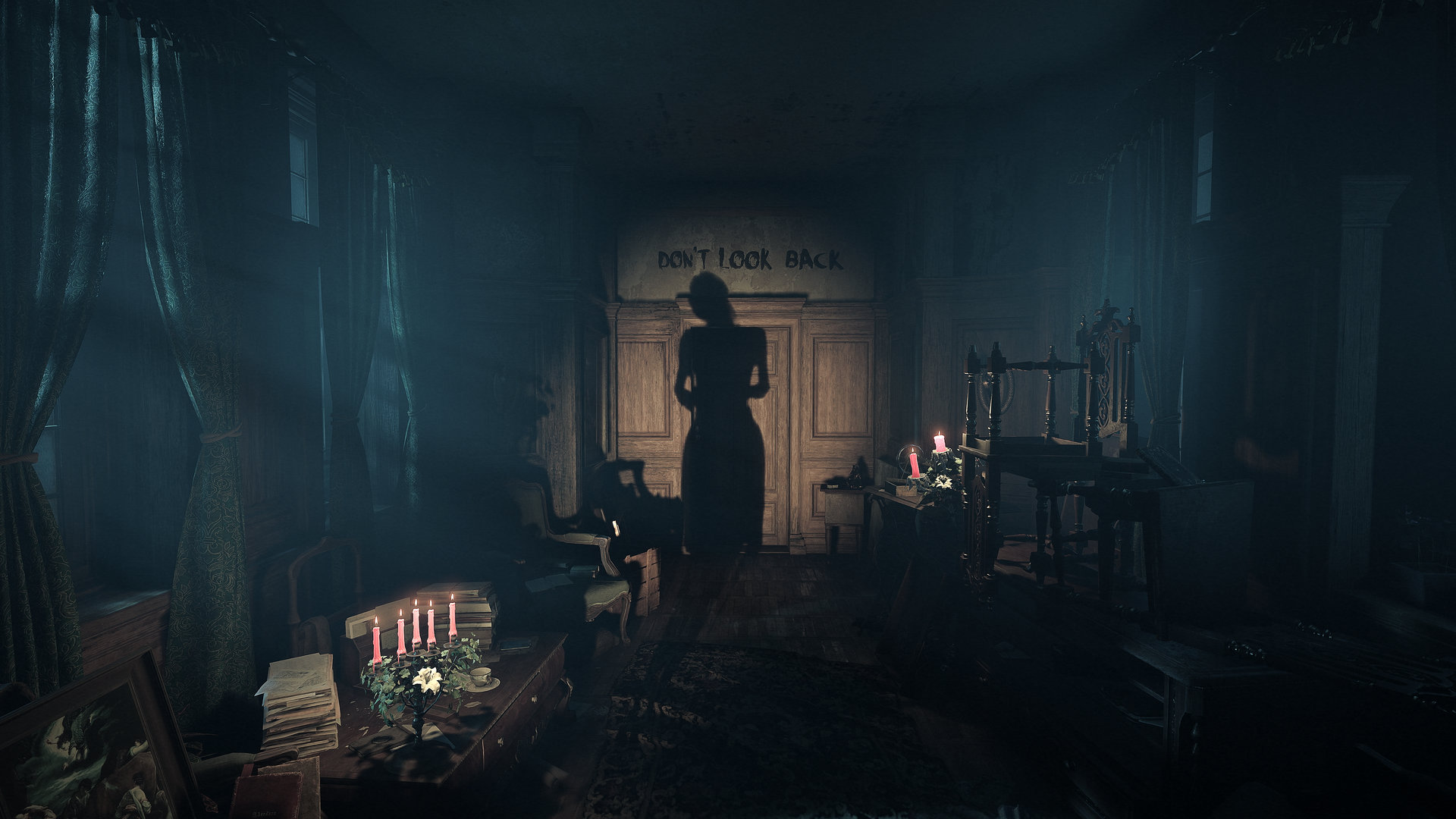
It's not all about raw scares. In fact, indulging in indie survival horror games will often lead gamers down a host of intricate storylines. These narratives, diverging far from predictable patterns, often pack in surprising twists and incorporations of folklore or richly detailed backstories. It’s this level of unpredictability and depth that enhances the terrifying environment, making each game more than just a simple horror experience.
The Narrative Wizardry in Indie Survival Horror
Take "Layers of Fear", a game that redefined what narrative could mean in a horror setting. It masterfully weaves an ominous tale about a deranged painter obsessively seeking his magnum opus. Unreliable narratives and constantly shifting environment design hold players captive to the strong psychological tensions the game invokes.
A Graphic Departure: Transforming the Visual Landscape

The graphical approach in indie survival horror games mirrors their boundless creativity. Instead of investing heavily on photorealistic graphics, like most AAA titles, indie developers often adopt distinctive art styles that, although modest, often serve to enhance the overall tone of horror. The unique aesthetic in games like "Little Nightmares", which features slightly distorted, puppet-like characters, brings unsettling visuals that stick with players long after the game has ended.
Moreover, indie developers frequently make use of lighting and sound design to heighten the eeriness and suspense in the gameplay, creating a grim, hauntological ambience. Done right, these design choices can make a game equally, if not more, terrifying than games relying heavily on high-end graphics.
Embracing Indie Survival Horror Games: The Future of Horror Gaming Experience
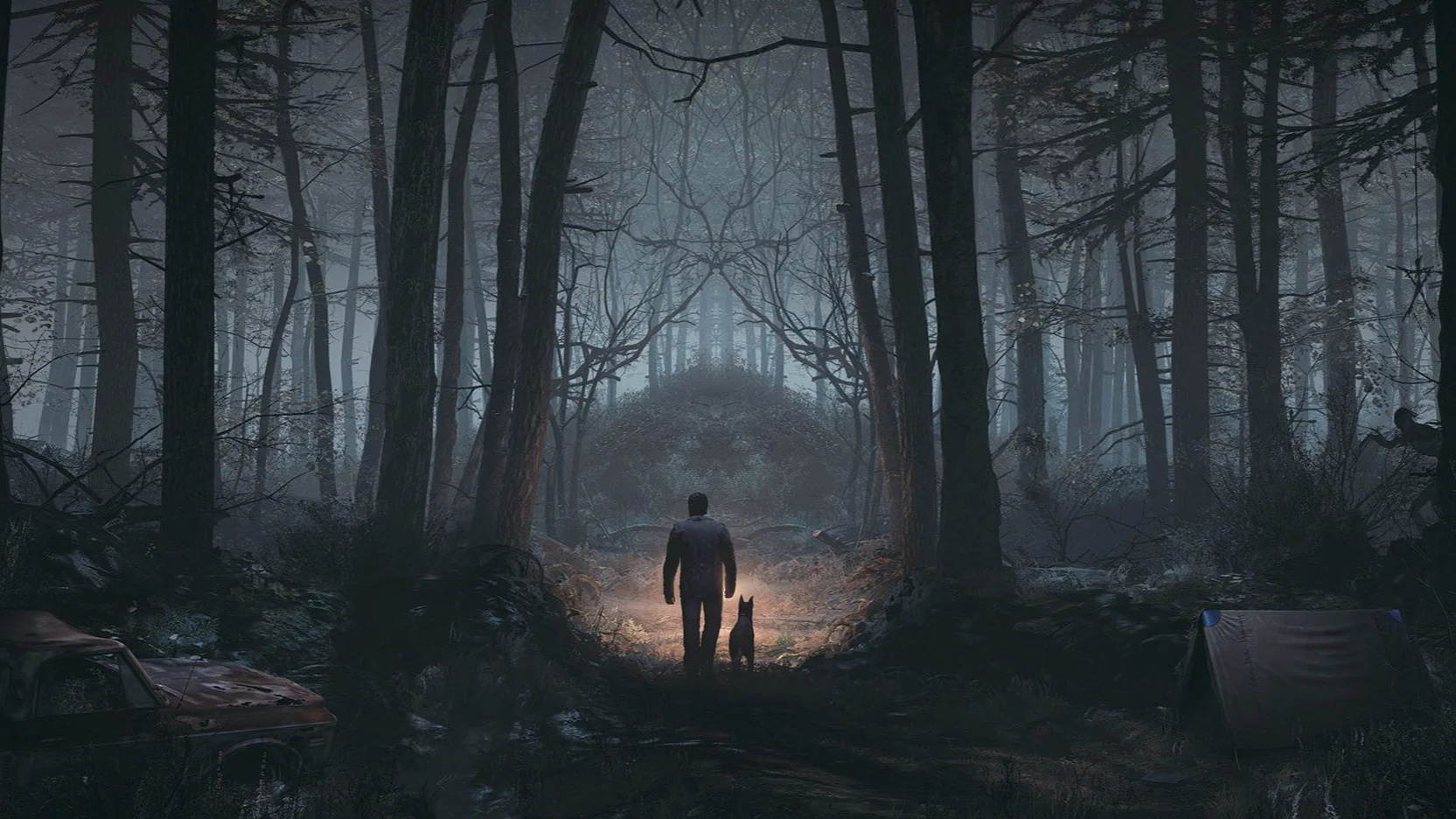
With the surge in indie game development, there's a subtle yet distinct shift in the gaming landscape. Indie survival horror games are increasingly recognized for their unique take on scares and survival, with their influence slowly seeping into mainstream development. Just look at "The Blair Witch" game, which although developed by a larger studio, Bloober Team, seemed to draw heavy influence from indie horror aesthetics.
Diversity in Horror: A New Dawn
It's an exciting time for horror enthusiasts as the indie scene continues to flourish, offering a buffet of unique flavors in terror and dread. It's no longer about formulaic jump scares or overused tropes. These games compel players to think, wrestle with moral choices, and survive in believable yet terrifying worlds. The indie scene is breeding diversity in horror which mainstream gaming is beginning to embrace. This bodes well for the future of the genre, promising richer experiences, more complex narratives, and an abundance of bone-chilling moments that keep us glued to our screens.
What's Your Reaction?







